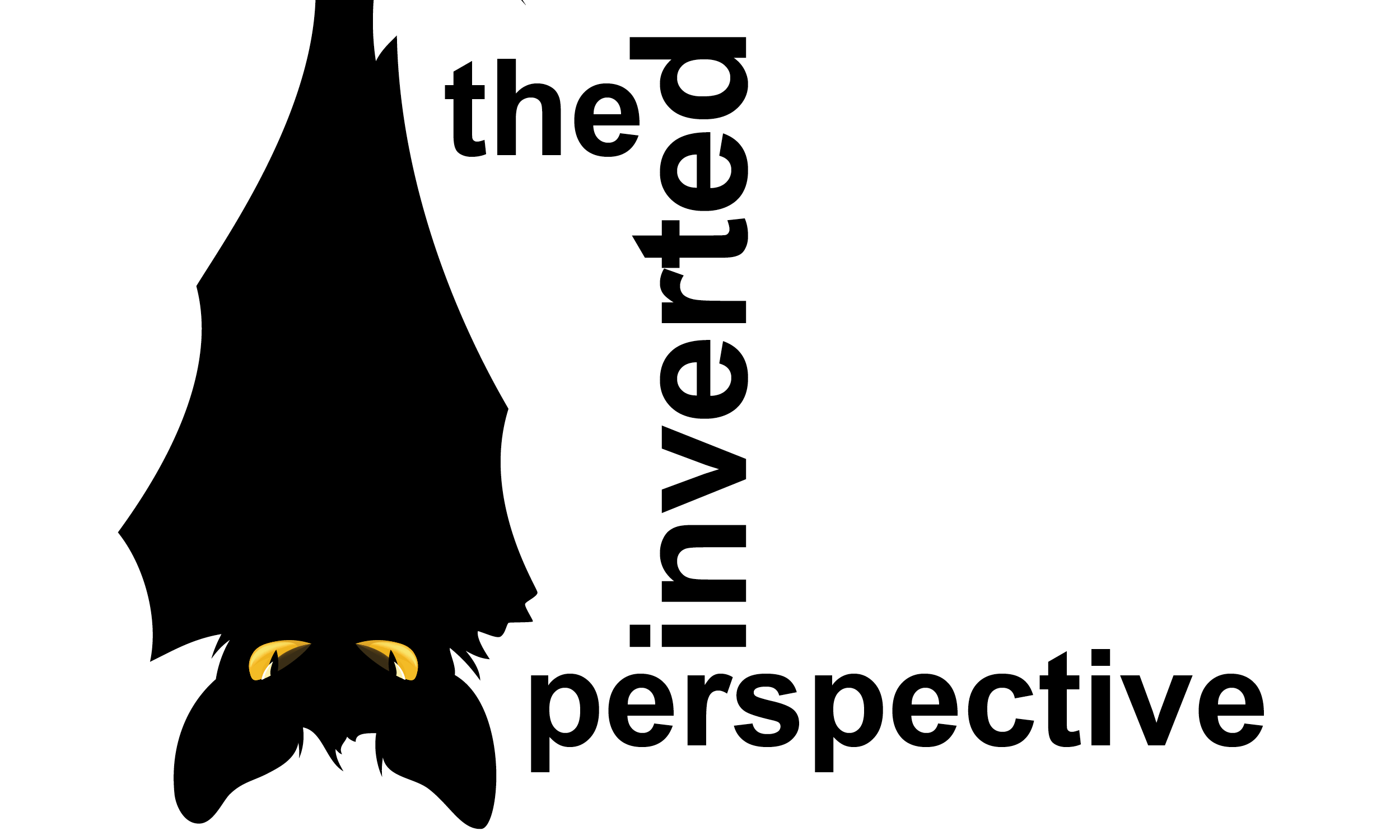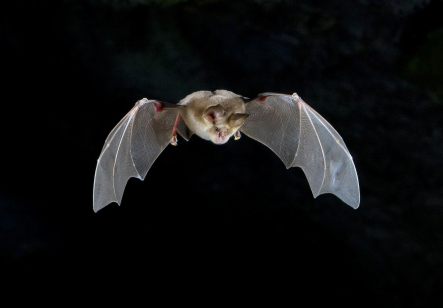Squeak to me baby! Female bats prefer mates with high-pitched voices.
Every female has a certain something they are looking for in a mate. In humans, women often prefer males with low voices, but in bats it may be the opposite. New research published by Emma Teeling, an associate professor at University College Dublin’s school of biology and environmental science, has discovered male bats with higher-pitched sonar calls find more mates and father a higher number of babies.
Bats use echolocation, a series of radar-like squeaks, to help navigate and find food while on the prowl at night. The sound waves that bounce back then help them to hone in on a good meal or find the best route home.
By following Mehely's horseshoe bats in Tunisia and Bulgaria, Teeling and her team found a third use for their high-pitched calls – sizing up potential mates.
“High frequency calls indicate really good body condition, where the male is strong and healthy. The smaller bats did not have such a high frequency” Teeling told the Irish Mirror.
The benefits of males with high-frequency calls certainly did not go unnoticed by the ladies, with females preferentially selecting them to sire their young. This not only sheds new light on the mammals’ mating rituals but also provides evidence for the first time that sexual selection may have played a role in the evolution of echolocation.
It is commonly assumed that echolocation has been shaped solely by ecology via natural selection - primarily for abilities in orientation and food detection. However Teeling’s study demonstrated for the first time, using a novel behavioral, ecological and genetic approach, that echolocation calls play a role in female mate choice.
https://www.youtube.com/watch?v=Hr-Y2Tt8gFE
So, if high-pitched Casanovas can find more sexual partners, why don’t all bats have high-frequency calls?
“Having a higher echolocation call might mean more mates and babies, but its high frequency also makes it more difficult to find food. Essentially it is an attractive handicap, a little like a peacock’s tail” Teeling said.
Echolocation calls are not the only mode of communication that bats use. All species also have a rich repertoire of social calls not used in finding food or their way home. The next step in understanding the role of sexual selection in the evolution of bat calls would be to test these social calls and to expand the research to include a wider range of bat species.
This study was published in PLOS ONE
Feature image courtesy of Johannes Lundberg


